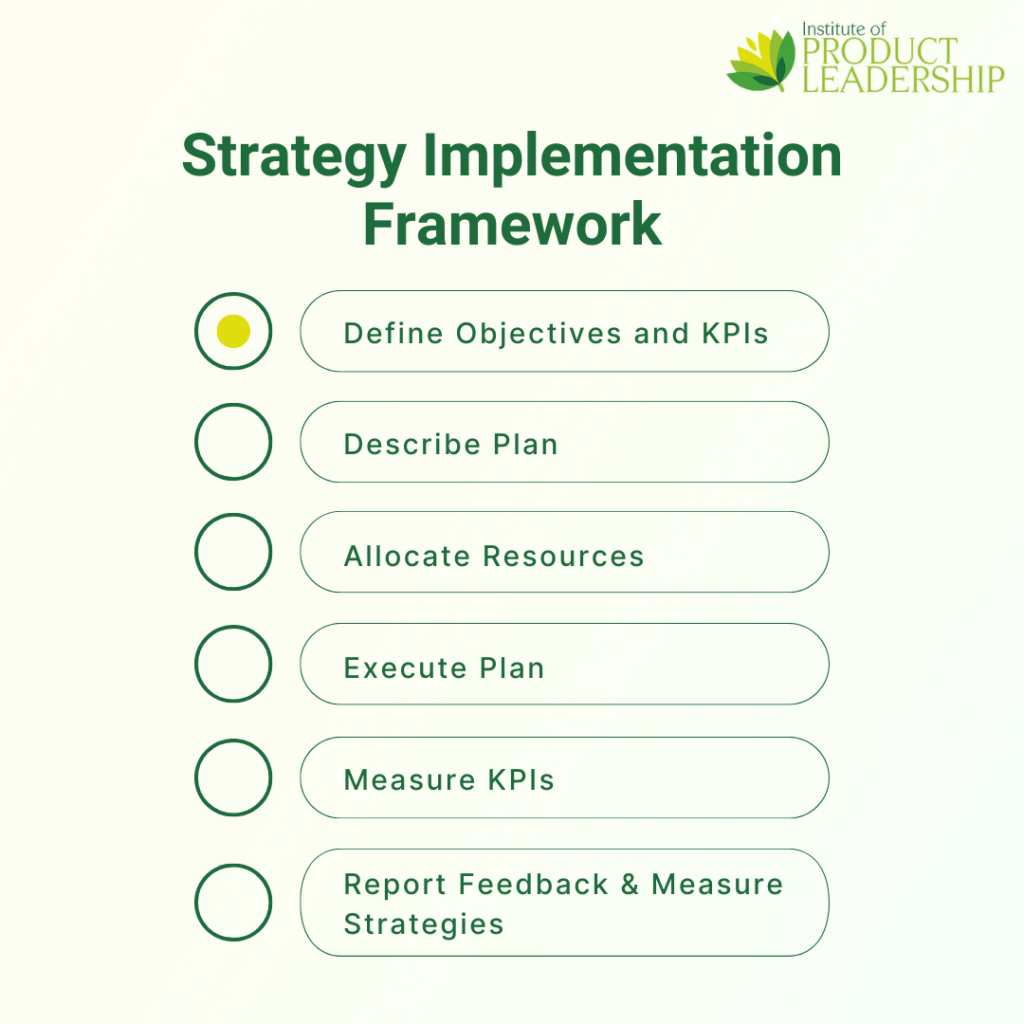3. Allocating the Resources
The third crucial step in effective resource management is identifying and allocating the necessary resources. Though you might have an impressive product roadmap and a vision for what should be accomplished within specific timeframes, it is essential to consider whether you have the right resources, sufficient bandwidth, competent leadership, and a supportive organizational culture to execute the plan successfully. A product manager must be able to understand these resource requirements, whether the organizational environment supports the product’s goals, and whether the available resources are sufficient to meet the desired outcomes.
For example:
Do we have the right leadership?
Do we have the right culture in the organization?
Is there adequate staffing in each role?
The product manager’s role is not only limited to identifying the gaps but then effectively communicating them upstream, downstream, and across the organization. It is not limited to just identifying the resources needed but also navigating the internal politics of the organization. You should possess the ability to influence others, including the key stakeholders and leaders within the organization to align their support and resources toward the identified areas of focus.
4. Executing the Plan
Once you have established the objectives, created a plan, and identified the resources, the next step is executing that plan. It is important to align the steps in your product roadmap with the successful delivery of the features. This entails determining whether the features will be released as a minimum viable product (MVP), feature complete, or as a whole product. Additionally, it is crucial to consider how customers will use these features. In strategy implementation, one common failure point is when organizations solely focus on the MVP without planning for what comes next. Hypothesis testing becomes crucial when considering the various directions a product roadmap can take. By incorporating multiple potential paths, product managers can add immense value to the organization, enable better decision-making, and facilitate long-term success.
5. Measuring KPIs
Key performance indicators (KPIs) are fundamental to assessing organizational performance. The 3 major fundamental KPIs for product organization we would like to discuss include:
a. Throughput: It is one of the essential metrics which measures the number of items delivered within a specific time period. Throughput directly reflects whether an organization is productive or not.
b. Cycle Time: This next KPI is the inverse of throughput, which measures the time it takes for an item to move from one column to another on a Kanban board or within a process. It indicates the speed at which work is processed and reflects the organization’s sense of urgency and ability to deploy quickly.
c. Work in progress (WIP): It is another important metric that reveals the amount of work that is currently being processed or awaiting completion. In a high-throughput environment, the WIP is expected to shrink at a steady state.
The relationship between WIP, throughput, and cycle time are interconnected, and understanding these metrics helps assess the efficiency and effectiveness of development teams.
6. Reporting Feedback and Adjusting Strategy
Engaging with, listening to your customer, and understanding how customers use and interact with your product or features are immensely important to effectively adjust and refine your strategy. When you release a new product or feature, it’s crucial to have a hypothesis about its expected impact and usage. You should have clear expectations for success, by gathering customer insights from the start about whether the features built have real customer input, you can avoid wastage and ensure valuable development efforts. This issue can be addressed when the product managers and engineers question the origin of tasks on the development board, like how many of those tasks have actually come from direct conversations with customers and addressing their genuine needs. Actively monitoring and adjusting the strategy based on customer insights, market dynamics, and competitor actions would help you deploy a successful strategy.







